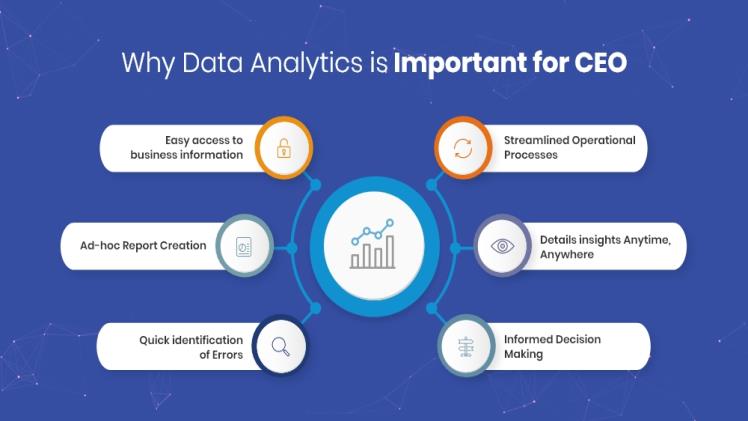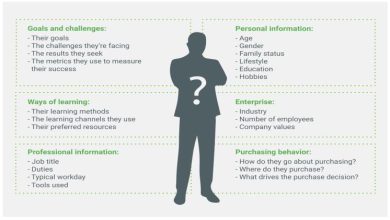The Importance of Analytics and Reporting

Enterprise business intelligence systems often require the use of analytics and reporting to analyze data. These systems have a high volume of concurrent report consumers, and the data is refreshed nightly. Likewise, a small team of data analysts can transform an organization with high-value insights, such as new customer segments, improved visibility into costs, and correlations between product quality and supplies. As a result, both reporting and analytics are essential for a business.
When preparing reports, analysts often must meet tight deadlines. Reports may be required to be as precise as possible, and they often involve pulling data from multiple sources. As a result, analysts have to juggle multiple requests at once. They also cannot go as deep into the data as they would like to. They have to deliver a concise report that may not include specific recommendations. However, the end result is often worth the effort.
Data analysis can provide real-life recommendations. But these recommendations must be acted upon. Only then can the information truly be valuable. Monthly Recurring Revenue, for instance, is a type of recurring revenue that requires analysis and reporting. This revenue is usually reported monthly. It is crucial that these companies make decisions based on accurate data. And to ensure that decisions are the best possible, they need to have accurate and reliable information. Analytics and reporting systems provide this information.Click here for more about free fire unlimited diamonds technical
Companies often use analytics to streamline their processes. The resources of many companies are limited and customers expect their products and services to be delivered in less time. Traditional business reporting often fails to identify these inefficiencies, as it provides static snapshots of data. In addition, most processes involve multiple inputs, including pricing trends, delivery routes, and customer preferences. By using analytics, companies can see these inputs and determine inefficiencies and improve processes. Once they have a better idea of what is happening at the back end of the business, they can implement improvements.

